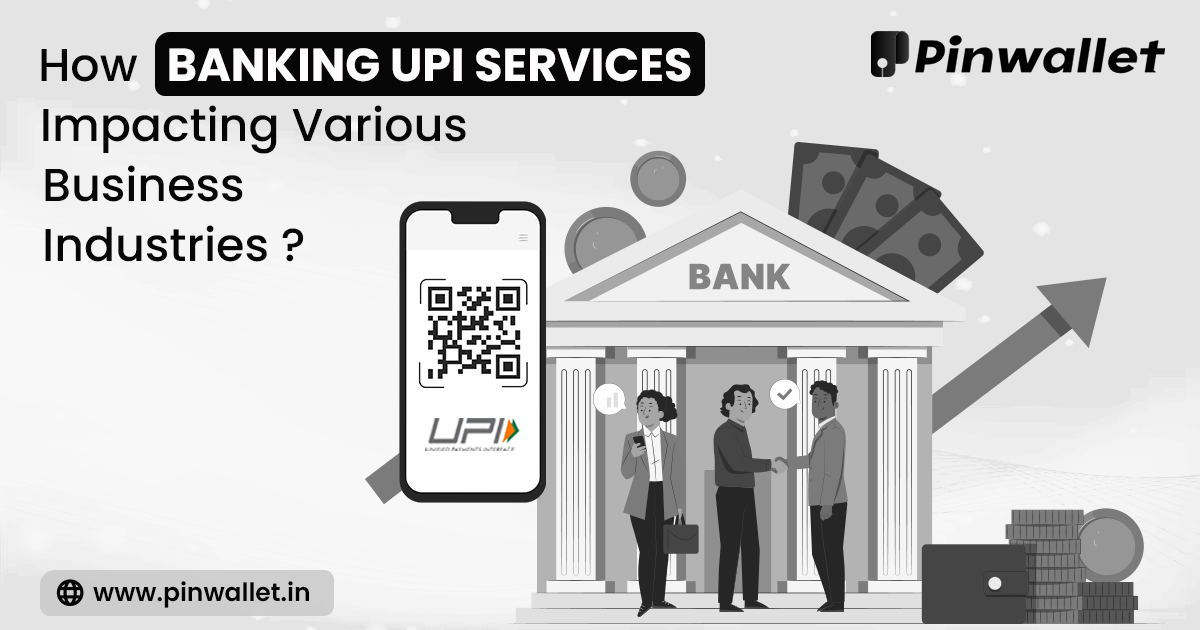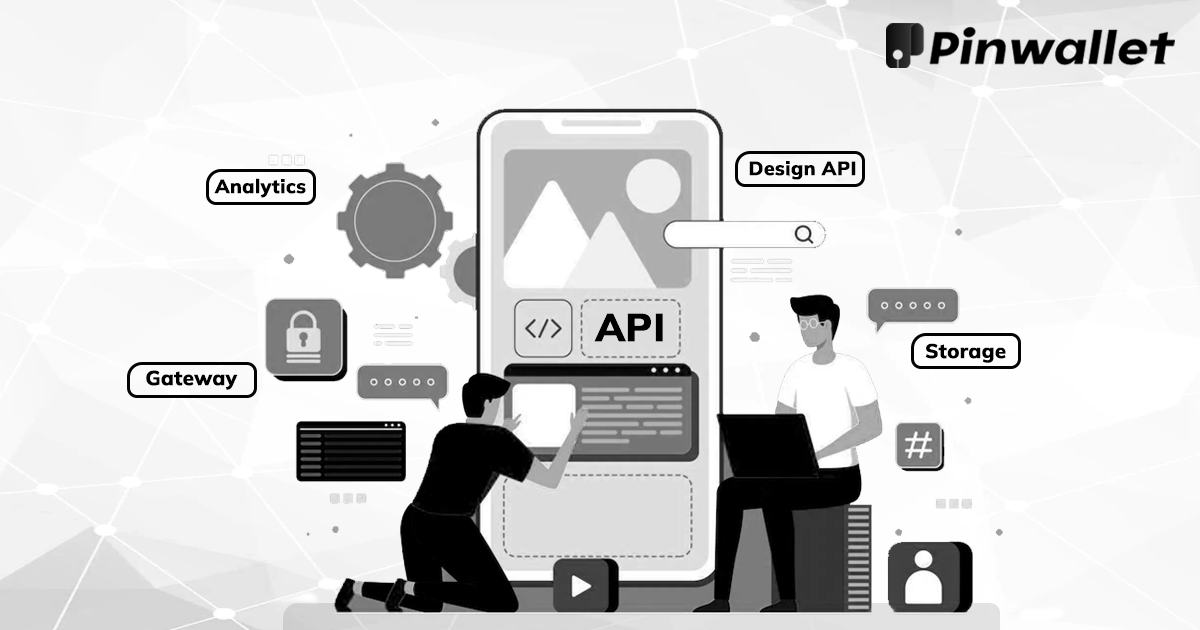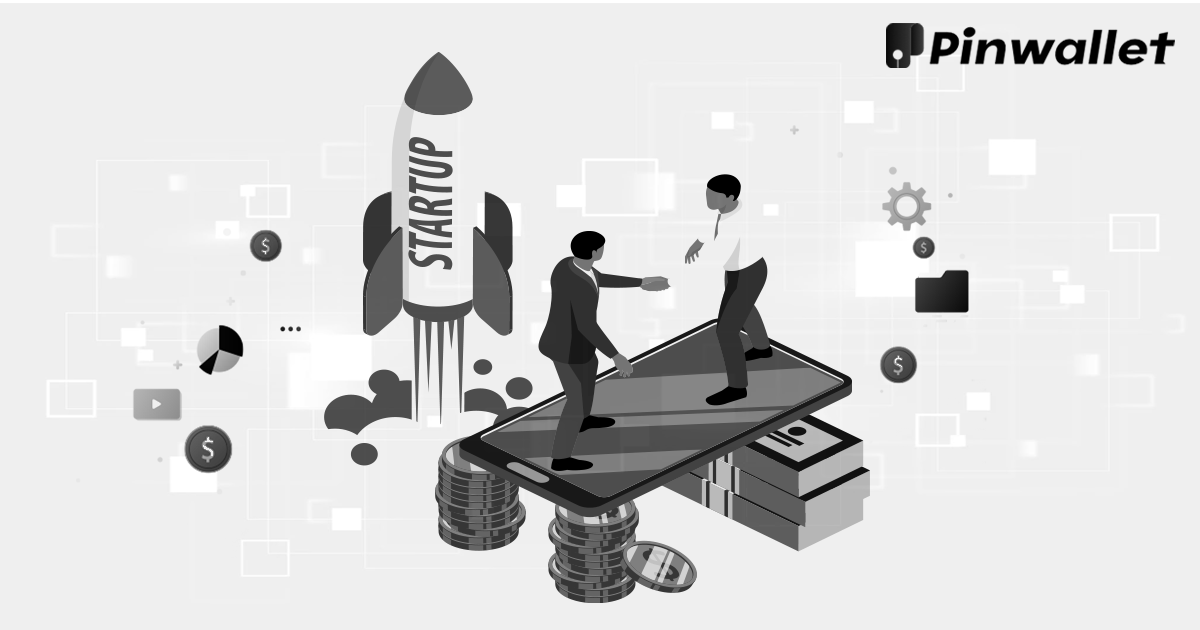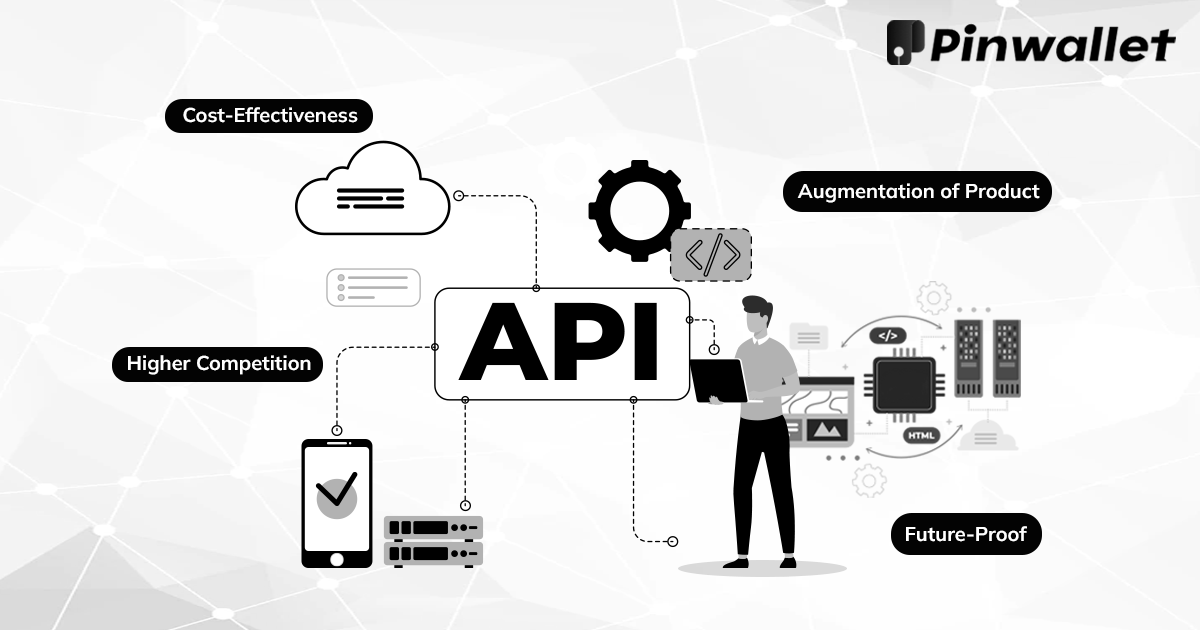How do Payment APIs help in providing Payment Solutions?
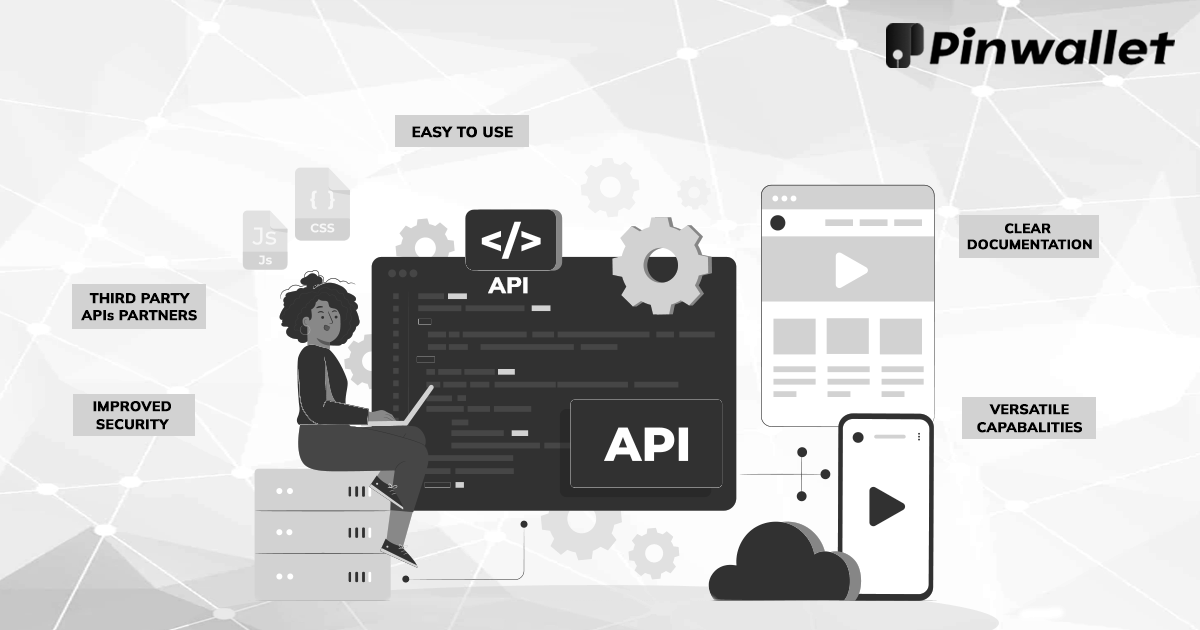
Publish date: Feb 09, 2023
Leveraging a payment API or payment gateway API is one of the most popular ways to provide your clients with payment processing options.
In many ways, the usage of APIs is driving the development of India's financial services sector. It has increased teamwork with partners, sped up market innovation, and given consumer data access while enhancing customer satisfaction with all transactions. In the end, stronger relationships lead to better creation, which pleases customers. More companies are using this strategy as a way to sell their items online by enabling customers to pay in a variety of ways.
Leveraging a payment API or payment gateway API is one of the most popular ways to provide your clients with payment processing options. APIs are required to guarantee a seamless checkout process for customers and businesses, whether they use credit cards or bank payments. But what is payment APIs exactly, and why are they important? We'll describe them, how they operate, and which payment APIs are the finest available in this blog.
What's a Payment API?
API stands for an application programming interface. The ability of APIs to connect to or interact with other computers is a useful way to think about them. "An application programming interface is, to put it simply, a method of computer communication. It's a simple approach for the computer to facilitate those talks. When accepting payments, APIs make it possible for apps and e-commerce websites to do so by guaranteeing that all parties involved in the transaction—such as the processor, gateway, e-commerce platform, etc.—can "speak."
Using a payment API, your existing software and mobile apps can easily be enhanced with payment processing functionality. In essence, it enables software or a set of programs to interact and communicate with one another, enabling eCommerce retailers and merchants to control the payment experience better. Payment APIs are customizable and let firms set up their infrastructure for accepting payments. You can use APIs to build customized credit or debit card processing arrangements exclusive to your eCommerce firm instead of being constrained to a pre-set payment structure.
How Do Payment APIs Work?
A payment API will likely aid the transaction whenever a customer makes an online payment on your eCommerce website or app. A payment API generally connects "a customer and their method of payment (such as a credit card or bank transfer) to a dollar amount and then a business," according to our developers. APIs enable "a two-party relationship (i.e., the client and merchant) that are sending money between those two parties," the author continues. The payment information must ultimately be transmitted from a payment form or app to a service that can take it, the creators’ claim, which is where the API component comes in. Just two of the numerous crucial capabilities that payment APIs supply to eCommerce and retail vendors include the capacity to offer refunds for online payments and the capacity for speedy settlement.
- Making recurring payments possible is very helpful for SaaS or subscription-based enterprises.
- Combine regional and international payment methods (bank transfers, digital wallet payments, credit card, and debit card payments, etc.)
- Track orders and get real-time payment information on transactions to make payment settlement simpler.
- It is simple to accept and reach clients in foreign marketplaces.
What Advantages Come With Making Use of a Payment API?
There are many reasons why the majority of eCommerce merchants employ payment APIs, but some of the most significant ones are as follows:
They provide a simple checkout process: Payment APIs make it simple for businesses to provide customers with a selection of payment options, enhancing the customer experience. They aid in automating the payment process for the merchant, giving them back valuable time and assets (particularly for recurring payments).
They provide greater security: By using a payment processor API, which provides enhanced security through payment authentication (such as with tokenized payments) and integrated compliance checks, it is simple to reduce the risk of fraud.
They make regulatory compliance easier: A trustworthy payment provider will make it simple to make sure you abide by the most current payment rules and standards, including surcharging legislation, ASC 606, and others. SaaS and eCommerce businesses can use a payment API to easily comply with current and future requirements by having a single source of truth.
Payment API Use Cases
Gaining New Market Share
Pay attention to the administrative requirements of conducting business in a foreign nation. The significance of accommodating customers' payment choices in new locations has already been addressed. However, a company must first traverse the rules of the target market. This frequently calls for setting up a bank account there, which entails becoming registered as a legal business. A merchant abdicates this duty to a third party by utilizing a payments API. Since many legal and compliance requirements are handled as part of the API integration, businesses may expand their worldwide footprint and enter new markets much more quickly.
Improve the Checkout Process
If you overcrowd your checkout process, offering various payment options can be detrimental. Customers may get bored and overwhelmed when presented with multiple payment options. The same holds if the checkout page isn't in the native tongue, prices are given in another currency, or data formats and forms are set up for different regions. This is a lot for retailers to consider, especially if they want to design separate checkout processes for various markets. They can develop customized checkout processes for each call using a payment API, providing clients with the diversity they wish.
Gather and Evaluate Current Data
Data are needed for segmentation and optimization. You'll be more knowledgeable the more information you have. Various factors, including payment preferences, cost per transaction, and settlement delays, can impact your shopping experience. However, getting these data straight from a payment system can take time and effort. Using a payments API, you can get this information and utilize it to examine your checkout procedures. This might help you assess the efficiency of your payment options and decide which ones to put first.
Make Innovative Business Models
A merchant has more control over "how" they accept payments thanks to a payments API. Businesses that want to switch to a subscription model may find that processing repeated transactions using their current payment systems could be more efficient. However, modifying current plans might be complex too. The merchant can add this functionality without rewiring their existing systems by connecting an API from a payment gateway created for a particular business model. Other situations where a merchant can benefit from a payments API include payouts, withdrawals, and refunds. It can take more than five days to execute a refund or withdrawal made to a card or through a bank debit plan, which infuriates the recipient.
However, payouts and withdrawals can be instantaneous with an open banking API, offering the business a powerful message to lure in and keep consumers. 85% of consumers stated they would be more likely to return to a retailer that provided immediate refunds in the survey 2021.
Business management involves the coordination of resources and processes to achieve the goals and objectives of an organization. It requires an understanding of the various functions within an organization, including finance, marketing, human resources, and operations.
